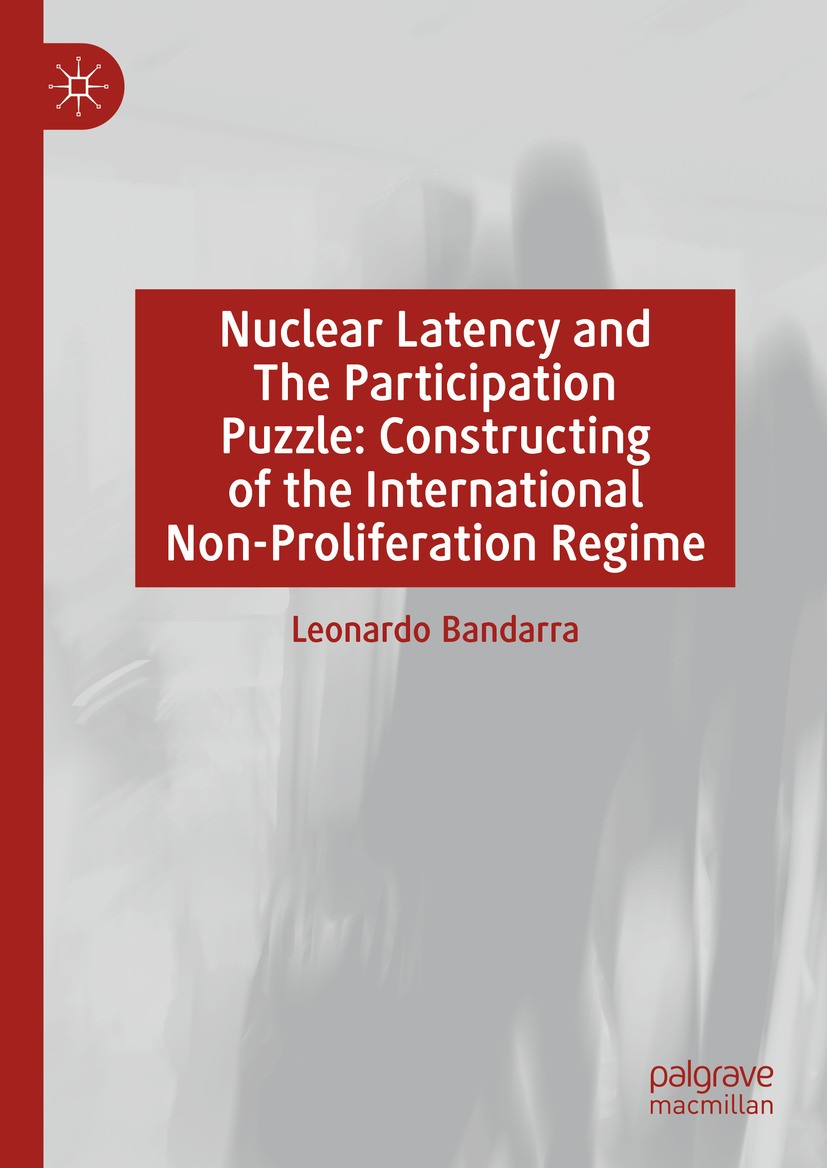| 書目名稱 | Constructing the Nuclear Non-Proliferation Regime: The Participation Puzzle | | 編輯 | Leonardo Bandarra | | 視頻video | http://file.papertrans.cn/243/242394/242394.mp4 | | 概述 | Combines theory and policy-oriented research.Includes case studies from latent nuclear countries, including Germany and Brazil.Offers a framework that can be applied more widely to understand particip | | 圖書封面 |  | | 描述 | .Scholars and practitioners usually regard the nuclear non-proliferation regime as composed of two categories of countries – those with and those without nuclear weapons. The latter are regarded as the core designers of that regime, while the former have their prominence in shaping non-proliferation institutions eclipsed or ignored. This book proposes to go beyond that duality by focusing on a usually neglected group of states: latent nuclear countries. Those are the countries that possess advanced nuclear capabilities but no weapons...This book shows that latent nuclear countries not only participate actively in non-proliferation institutions but also promote the creation of new frameworks highlighting concerns and perspectives different from their nuclear-weapon and nuclear-free counterparts. The author makes this argument through an intricate combination of quantitative and qualitative methods, with an in-depth analysis of Brazil and Germany as sources for case studies. He makes the case to understand the nuclear non-proliferation regime as an inclusive and refined approach that takes into consideration countries’ nuclear capabilities, identities, role conceptions, and domestic | | 出版日期 | Book 2024 | | 關(guān)鍵詞 | nuclear capabilities; latent nuclear countries; non-proliferation institutions; global nuclear regime; p | | 版次 | 1 | | doi | https://doi.org/10.1007/978-3-031-70122-1 | | isbn_softcover | 978-3-031-70124-5 | | isbn_ebook | 978-3-031-70122-1 | | copyright | The Editor(s) (if applicable) and The Author(s), under exclusive license to Springer Nature Switzerl |
The information of publication is updating

|
|
 |Archiver|手機版|小黑屋|
派博傳思國際
( 京公網(wǎng)安備110108008328)
GMT+8, 2025-10-9 23:32
|Archiver|手機版|小黑屋|
派博傳思國際
( 京公網(wǎng)安備110108008328)
GMT+8, 2025-10-9 23:32


